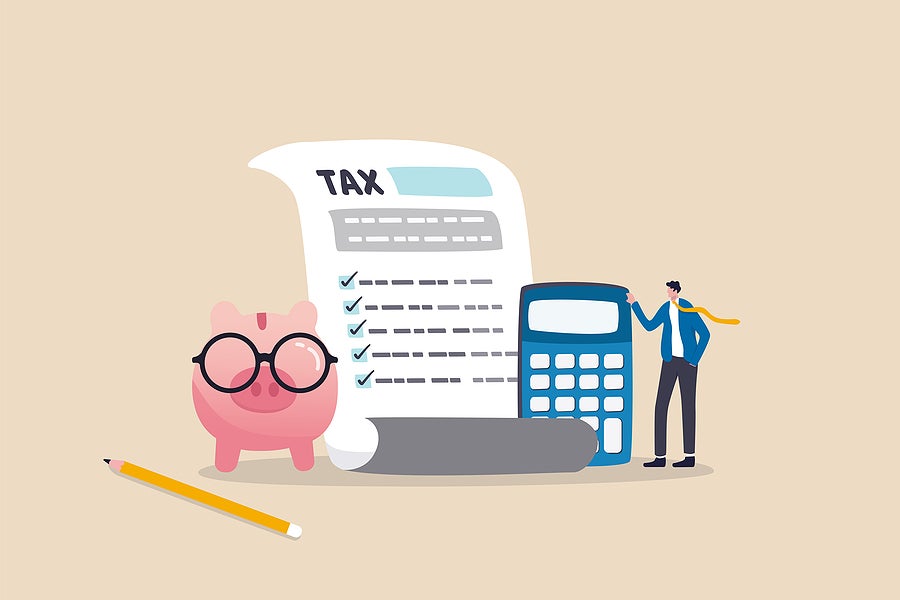This spring, as millions of people prepared their taxes, an increasing number of states were using the tax-filing process to connect those who are eligible but uninsured with comprehensive, affordable health insurance. These “easy-enrollment programs” allow filers to check a box on forms they file with the state (e.g., income tax returns) to indicate that they do not have health insurance and are interested in receiving information about coverage options, including subsidized Affordable Care Act (ACA) marketplace plans and Medicaid. If a person is eligible, the marketplace provides a dedicated special-enrollment period (SEP) to enroll outside the ACA’s annual open-enrollment period.
Just as these programs simplify some of the administrative burdens for consumers seeking health coverage, easy-enrollment programs can also help states streamline their outreach and ultimately boost enrollment. Easy-enrollment programs are one of the lower-cost and potentially even budget-neutral ways to increase insurance coverage.
In 2020, Maryland became the first state to roll out easy enrollment; since then, interest has grown substantially. By 2025, 10 states (all of which operate their own ACA marketplaces) will operate programs and at least two will have expanded them to reach uninsured residents filing for unemployment insurance. In a recent article for the Commonwealth Fund, researchers from the Georgetown University Center on Health Insurance Reforms review state efforts and effective strategies for improving easy enrollment programs and boosting healthcare enrollment.
Read the full article here.


